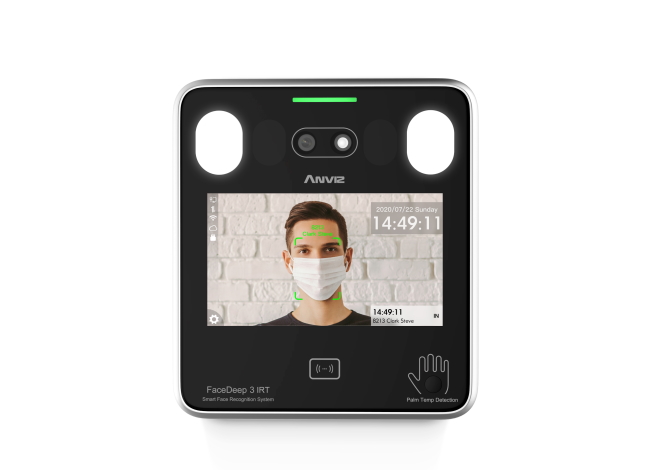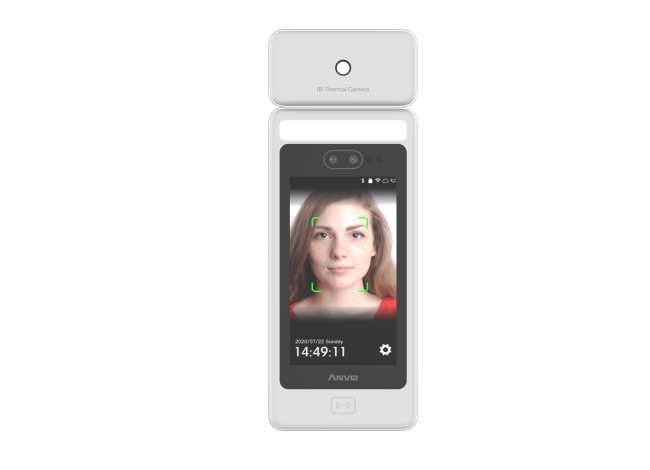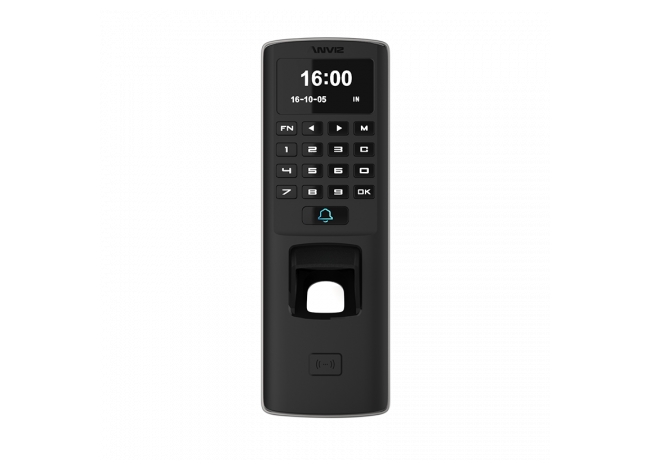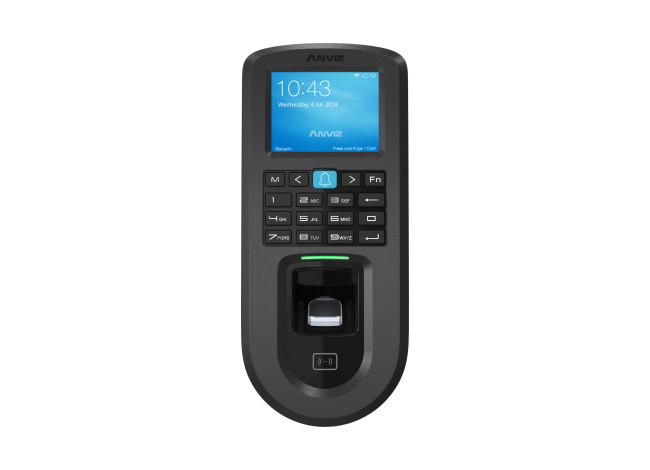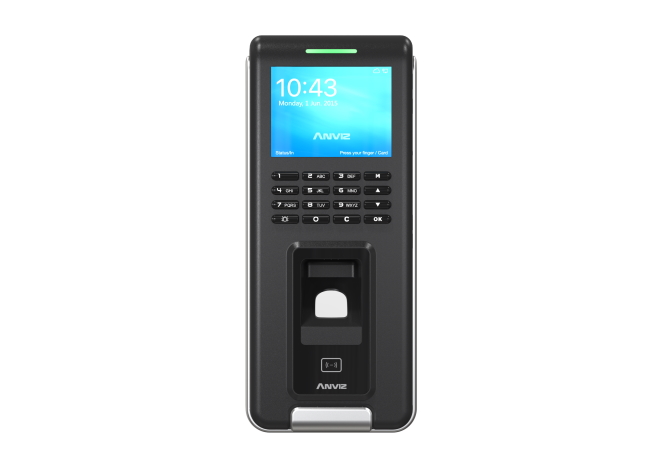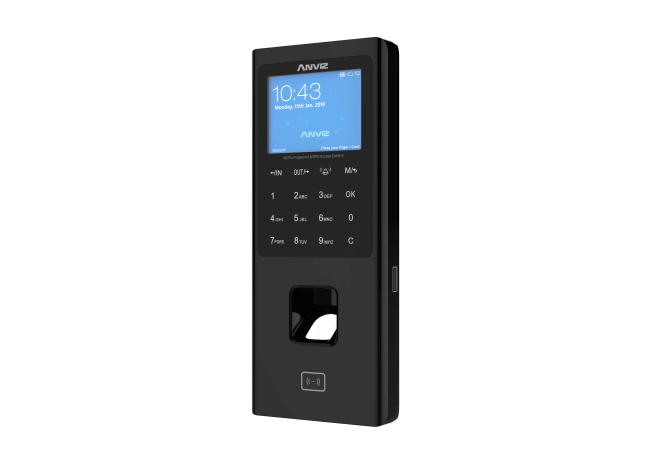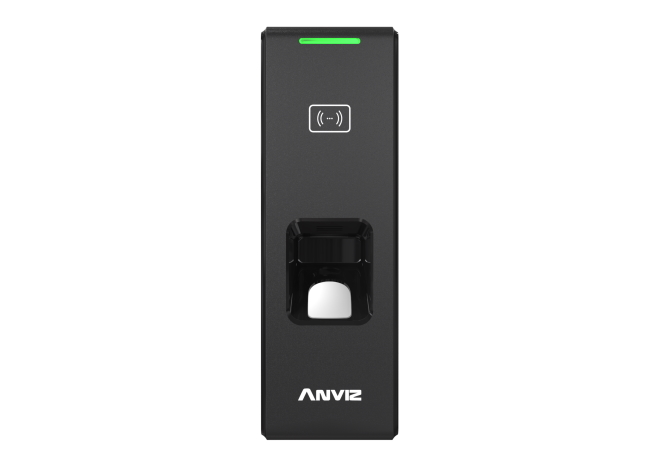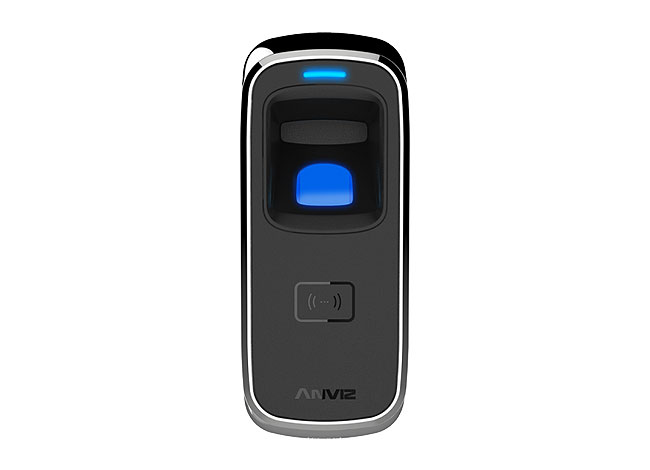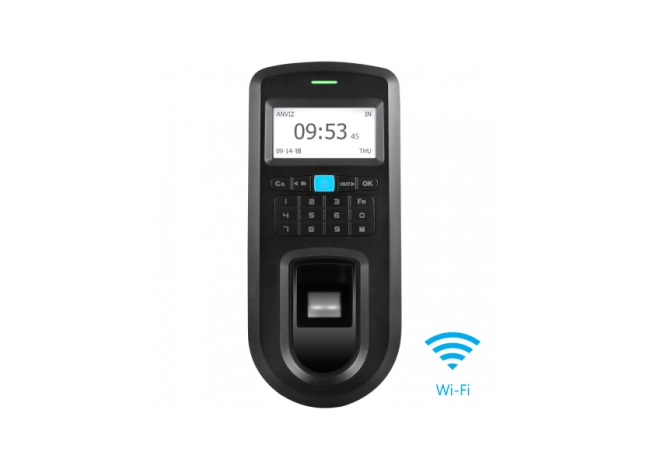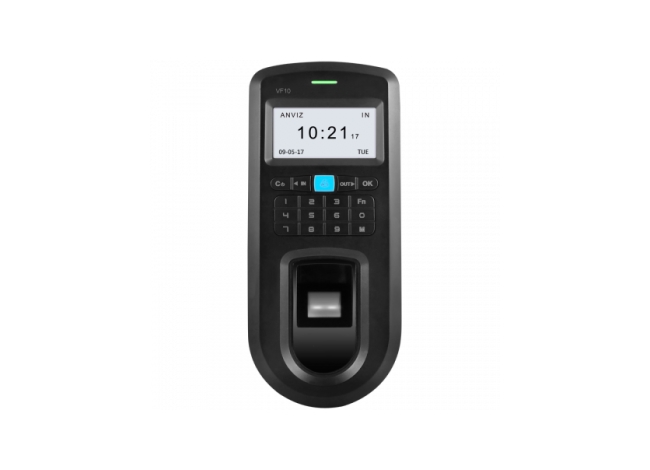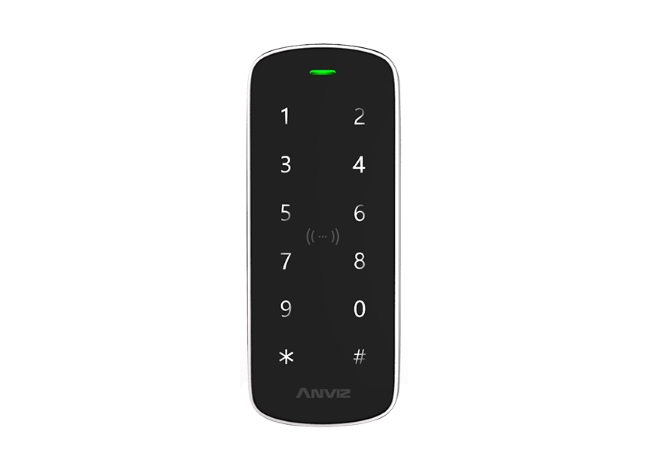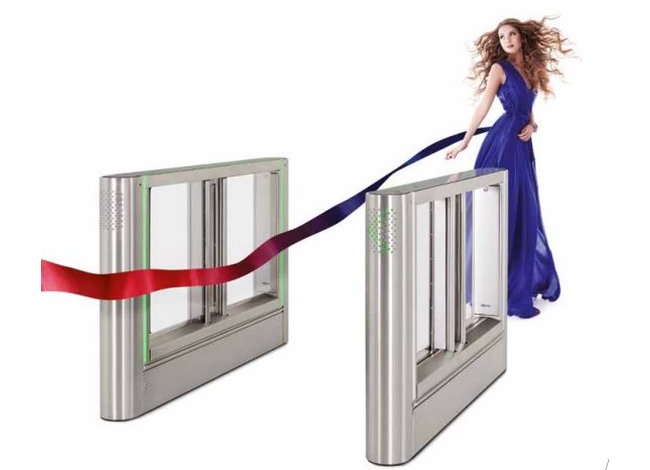




dFlow is an access control system equipped with new technologies (AI). The doors are movable doors with rapid movement. Advanced algorithms make it possible to close the doors with a speed proportional to the user's movement speed, to the position and direction of one or more unauthorized users in the transit area.
The doors close when an unauthorized user enters the gate and reopen when this user leaves the swing doors.
Indicative LEDs follow the user through the door, with different colors settable for different groups. In a company, for example, employees can be monitored by a green LED, executives by a yellow LED and managers by a blue LED. A red LED can track unauthorized users.
dFlow is available with passage of 900 mm and 1200 mm.
|
Free flow The doors are in the normally open position. In traditional gates, the barriers are normally closed. This paradigm shift is what sets the dFlow gate apart from previous models. The doors only close when unauthorized people try to pass through the gate. The closing system is fast and precise, using new detection systems and sophisticated algorithms. |
|
Two-way passage dFlow is flexible in width and can be installed in various configurations. In the 900 mm (or 1200 mm) configuration, it ensures greater comfort for users with disabilities and multiple users, as well as optimizing costs by decreasing the number of equipment and infrastructures. Regardless of the width of the dFlow model, access can be set up as one-way or two-way as needed. |
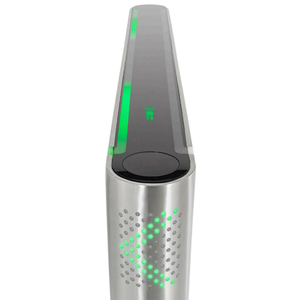 |
Visual identification with colored LEDs Visual identification Signal LEDs that "follow" users their entire journey through the dFlow, with different colors for different user groups. For example in schools, students can be followed by a green LED window, educators by a yellow LED and family members by a blue LED. Unauthorized users would be monitored by red LEDs. |
|
Imaging System The dFlow's imaging system is equivalent to an almost infinite number of traditional IR sensors, establishing a very high level of accuracy for identifying unauthorized users. The algorithms developed in dFlow are capable of recognizing people and ignoring objects (suitcases, bags, backpacks, etc.), and can also identify multiple users entering or leaving the transit area. |
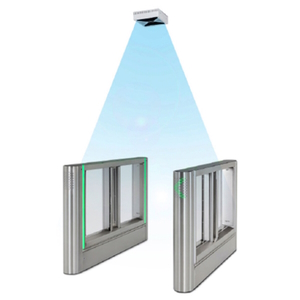 |
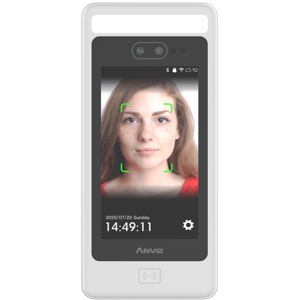 |
Identification Technology dFlow interfaces with the main traditional identification technologies: barcodes, RFID, MIFARE and biometric data, as well as fingerprints. It is also suitable for new non-contact biometric technologies, such as facial identification or iris. |
dFlow Technical Features:
Interfaces:
Connectivity:
Manufacturing:
Weight:
Consumption:
Dimensions:
| | Fluidity |
| | Comfort |
| | Accurate Sensing |
| | More Security |



















